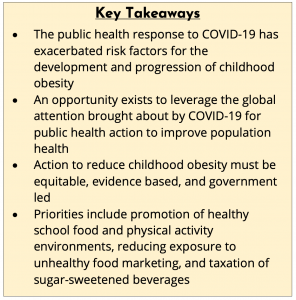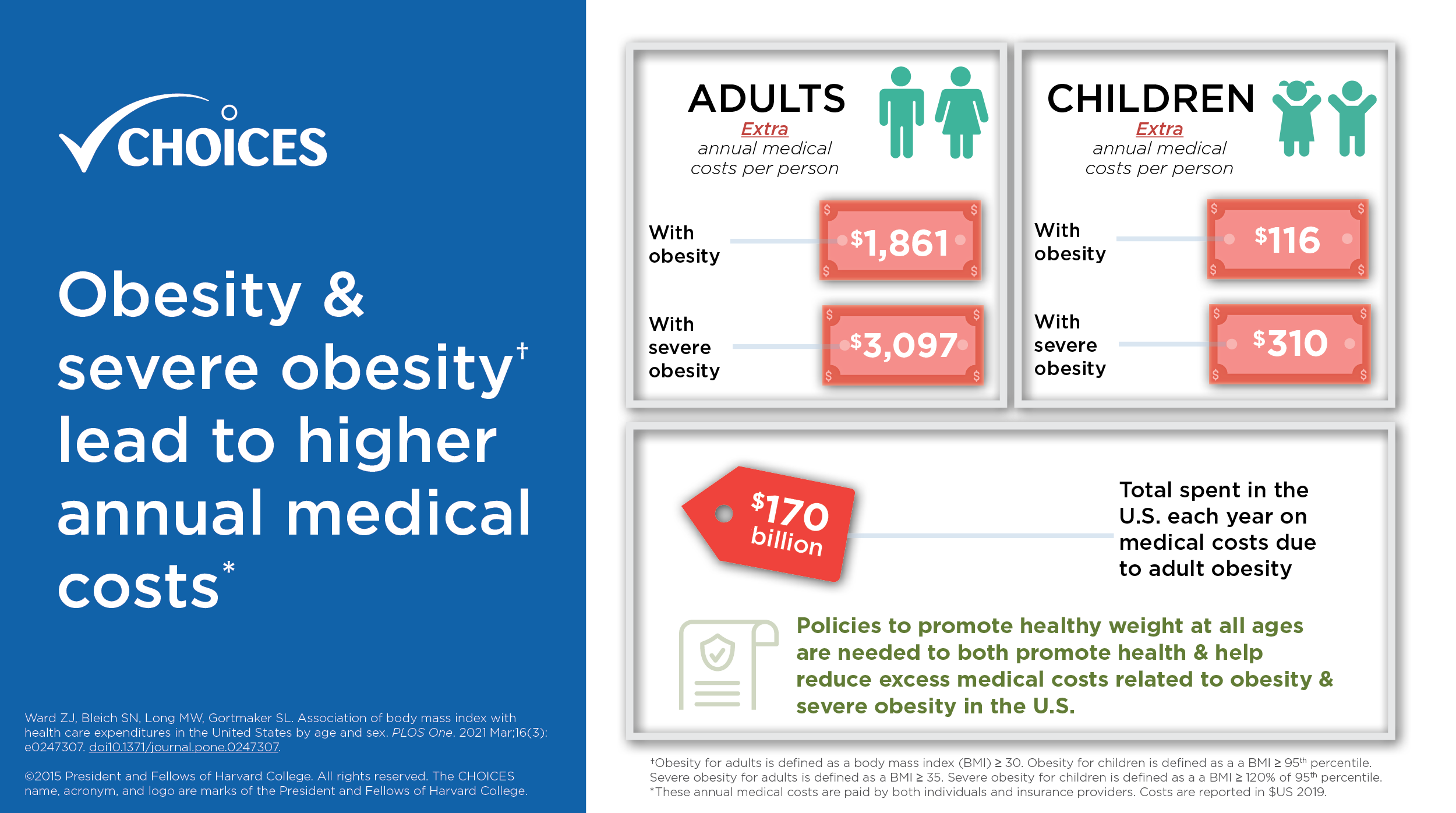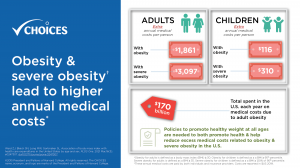
This study determines the cost-effectiveness of changes to WIC’s nutrition standards in 2009 for preventing obesity and to estimate impacts on socioeconomic and racial/ethnic inequities.
Kenney EL, Lee MM, Barrett JL, Ward ZJ, Long MW, Cradock AL, Williams DR, Gortmaker SL. Cost-effectiveness of Improved WIC Food Package for Preventing Childhood Obesity. Pediatrics. 2024 Jan;153. doi: 10.1542/peds.2023-063182.
Abstract
Background & Objectives
The Special Supplemental Nutrition Program for Women, Infants, and Children (WIC) prevents food insecurity and supports nutrition for more than 3 million low-income young children. Our objectives were to determine the cost-effectiveness of changes to WIC’s nutrition standards in 2009 for preventing obesity and to estimate impacts on socioeconomic and racial/ethnic inequities.
Methods
We conducted a cost-effectiveness analysis to estimate impacts from 2010 through 2019 of the 2009 WIC food package change on obesity risk for children aged 2 to 4 years participating in WIC. Microsimulation models estimated the cases of obesity prevented in 2019 and costs per quality-adjusted-life year gained.
Results
An estimated 14.0 million 2- to 4-year old US children (95% uncertainty interval (UI), 13.7–14.2 million) were reached by the updated WIC nutrition standards from 2010 through 2019. In 2019, an estimated 62 700 (95% UI, 53 900–71 100) cases of childhood obesity were prevented, entirely among children from households with low incomes, leading to improved health equity. The update was estimated to cost $10 600 per quality-adjusted-life year gained (95% UI, $9760–$11 700). If WIC had reached all eligible children, more than twice as many cases of childhood obesity would have been prevented.
Conclusions
Updates to WIC’s nutrition standards for young children in 2009 were estimated to be highly cost-effective for preventing childhood obesity and contributed to reducing socioeconomic and racial/ethnic inequities in obesity prevalence. Improving nutrition policies for young children can be a sound public health investment; future research should explore how to improve access to them.
Funding
This study was supported by the National Institutes of Health (R01HL146625 and K01DK125278), The JPB Foundation, and the Centers for Disease Control and Prevention (U48DP006376). The authors have indicated they have no potential conflicts of interest to disclose. The findings and conclusions are those of the authors and do not necessarily represent the official position of the National Institutes of Health, the Centers for Disease Control and Prevention, or other funders.







